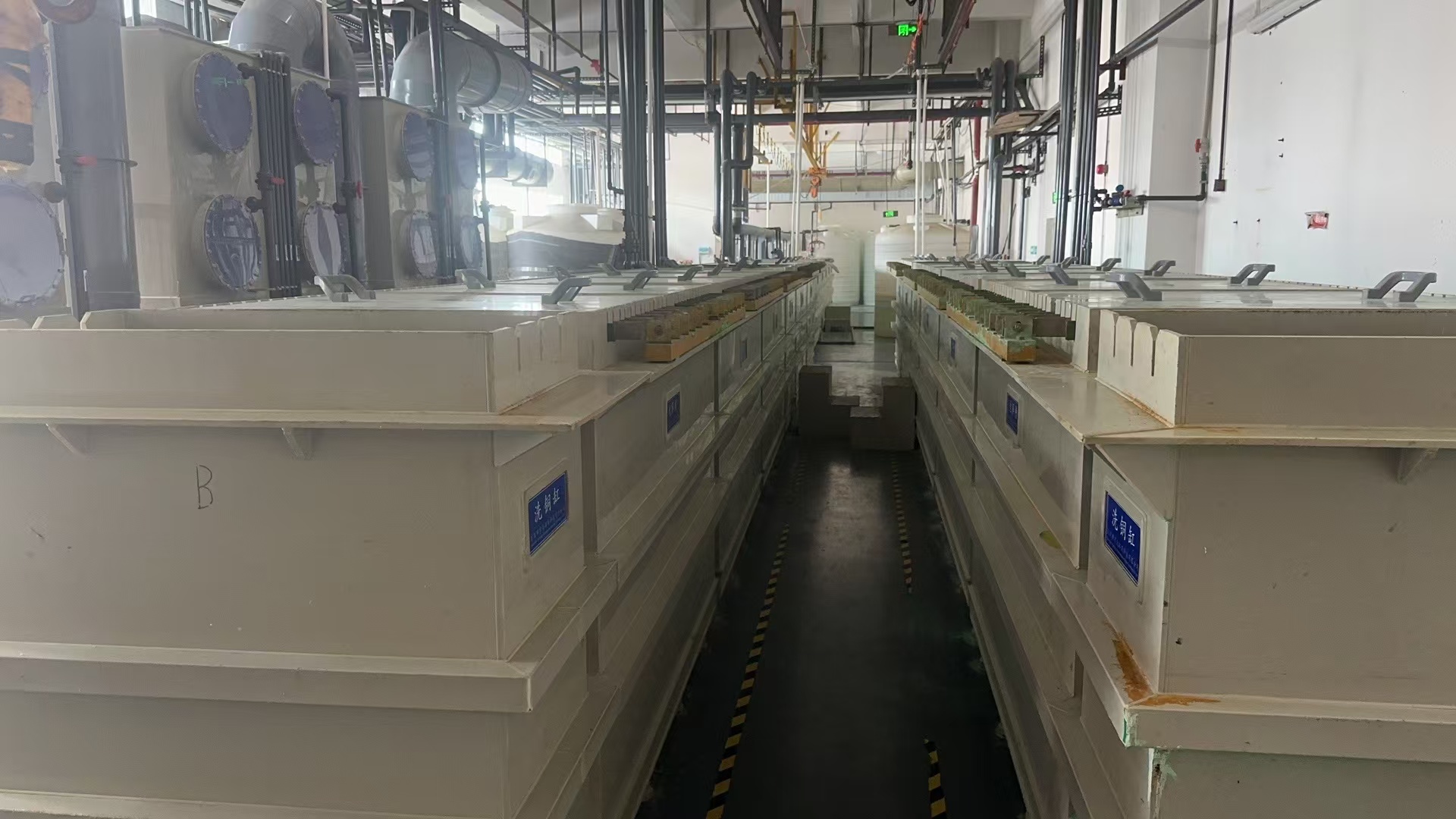NEWS&EVENTS
Home > News&Events > Company news > Analysis of Short Circuit and Anode-Related Issues in Copper Electrodeposition Process
In the complex process of copper electrowinning, numerous factors influence the quality of the final product and production efficiency. Among these, short-circuit and anode-related issues are particularly critical, significantly impacting the electrowinning process in various ways. These will be analyzed in detail below.

I. Short Circuit: A Common Problem in Electrowinning Workshops
In the copper electroforming process, short circuits are arguably the most common problem in the electroforming workshop. As the electroforming process progresses, the cathode copper grows and thickens, and it is highly likely to come into contact with the anode plate, thus causing a current short circuit. This phenomenon is quite harmful. On the one hand, it causes unnecessary waste of electrical energy, increasing production costs; on the other hand, it can prevent copper from being deposited properly in localized areas, significantly reducing the quality of the electroformed copper and affecting subsequent processing and use.
To effectively avoid short circuits, dual safeguards are required. First, the electrode spacing must be precisely controlled. Based on process requirements and actual production conditions, the optimal distance between the cathode and anode must be determined to reduce the risk of short circuits at the source. Second, professional personnel should regularly inspect the electrode condition to promptly identify and address any potential short circuit issues, such as abnormal cathode copper growth or electrode misalignment.
II. Anode slime: An "atypical" problem in electrodeposition
Unlike electrolytic refining, the anode in the electrowinning copper process is made of an inert material that does not dissolve, thus preventing the formation of anode sludge. However, after long-term use, a lead dioxide protective film will form on the surface of the anode, which may also slowly corrode due to oxygen evolution. Although this is not an anode sludge problem, it still requires attention and appropriate maintenance measures.
In electrolytic copper production, short circuits and anode issues are not to be underestimated. Only by thoroughly understanding and properly resolving these problems can we ensure the stable and efficient operation of electrolytic copper production, and improve product quality and market competitiveness.